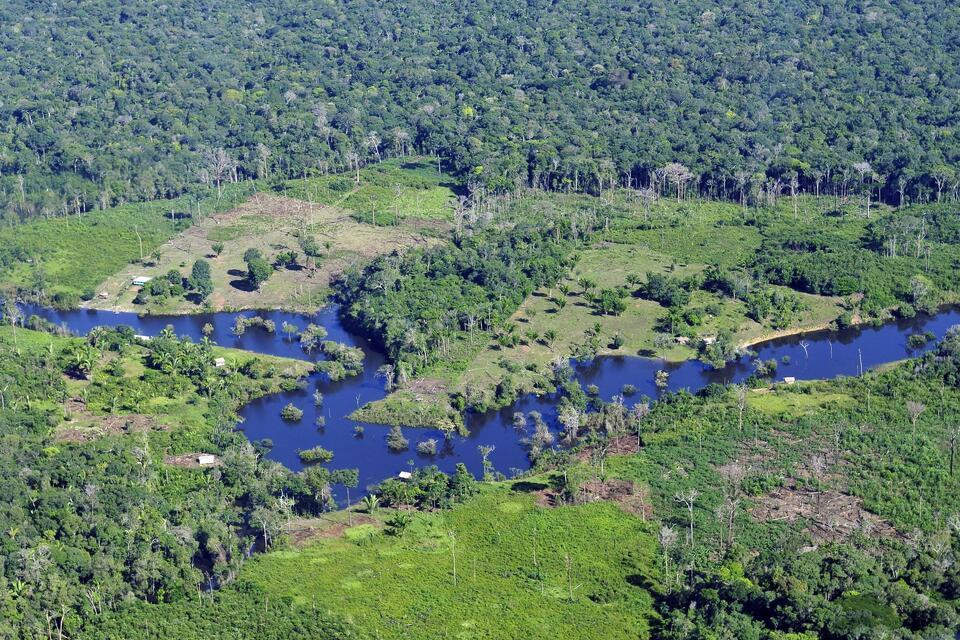How non-market-based approaches can support efforts to halt and reverse deforestation and forest degradation by 2030
- From
-
Published on
17.10.25
- Impact Area

The global objective of halting and reversing deforestation and forest degradation by 2030 is a critical pillar of international climate and biodiversity policy and priority action linked with achieving sustainable food systems and food security.
At COP 16 (2010) in Cancun, Parties collectively decided to slow, halt and reverse forest cover and carbon loss. Target 15.2 of the Sustainable Development Goals (SDGs) aimed to promote the implementation of sustainable management of all types of forests, halt deforestation, restore degraded forests by 2020 and substantially increase afforestation and reforestation globally. In Montreal, the Parties during CBD COP 15 while agreeing to the Kunming Montreal Global Biodiversity Framework, pledged to halt and reverse biodiversity loss by 2030.
Related news
-

UN World Soil Day 2025: Healthy Soils for Healthy Cities
International Crops Research Institute for the Semi-Arid Tropics (ICRISAT)05.12.25-
Environmental health
-
Environmental health & biodiversity
Opinion piece by Dr Himanshu Pathak Director General, International Crops Research Institute for the…
Read more -
-

What’s next after COP30: Building coalitions will ensure Global Mutirão delivers climate action
The Alliance of Bioversity International and the International Center for Tropical Agriculture (CIAT)28.11.25-
Climate adaptation & mitigation
-
Environmental health & biodiversity
In the face of complex challenges, the Alliance finds hope in coalitions established at COP30:…
Read more -
-

Exploring the effects of the green revolution on agriculture
The Alliance of Bioversity International and the International Center for Tropical Agriculture (CIAT)27.11.25-
Environmental health & biodiversity
-
Nutrition, health & food security
The term ‘Green Revolution’ was popularized by William Gaud, the former director of the U.S. A…
Read more -
